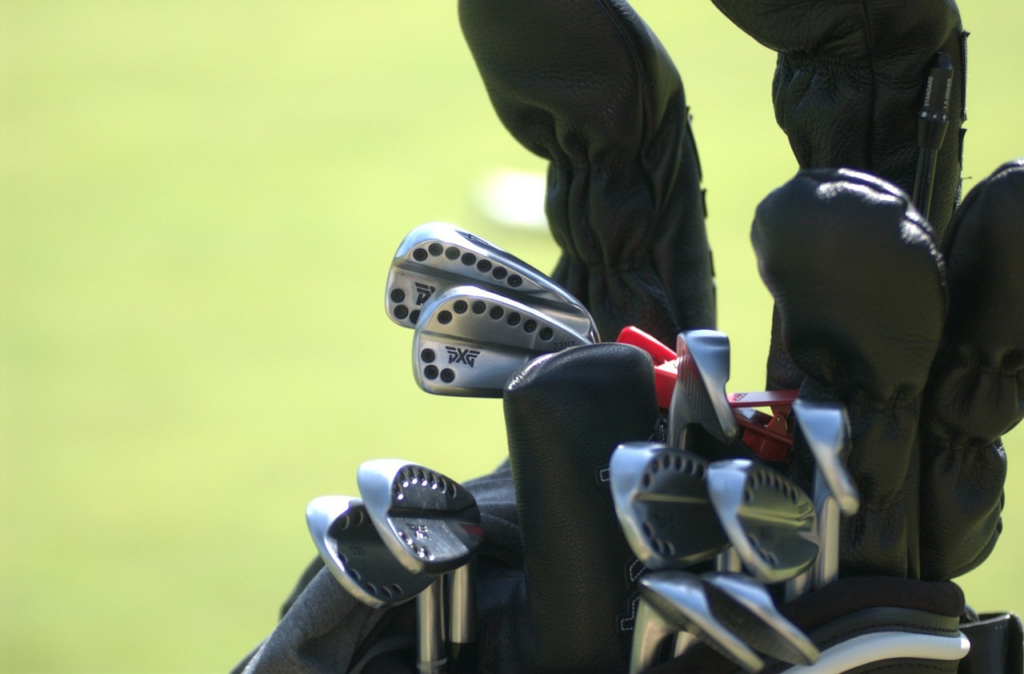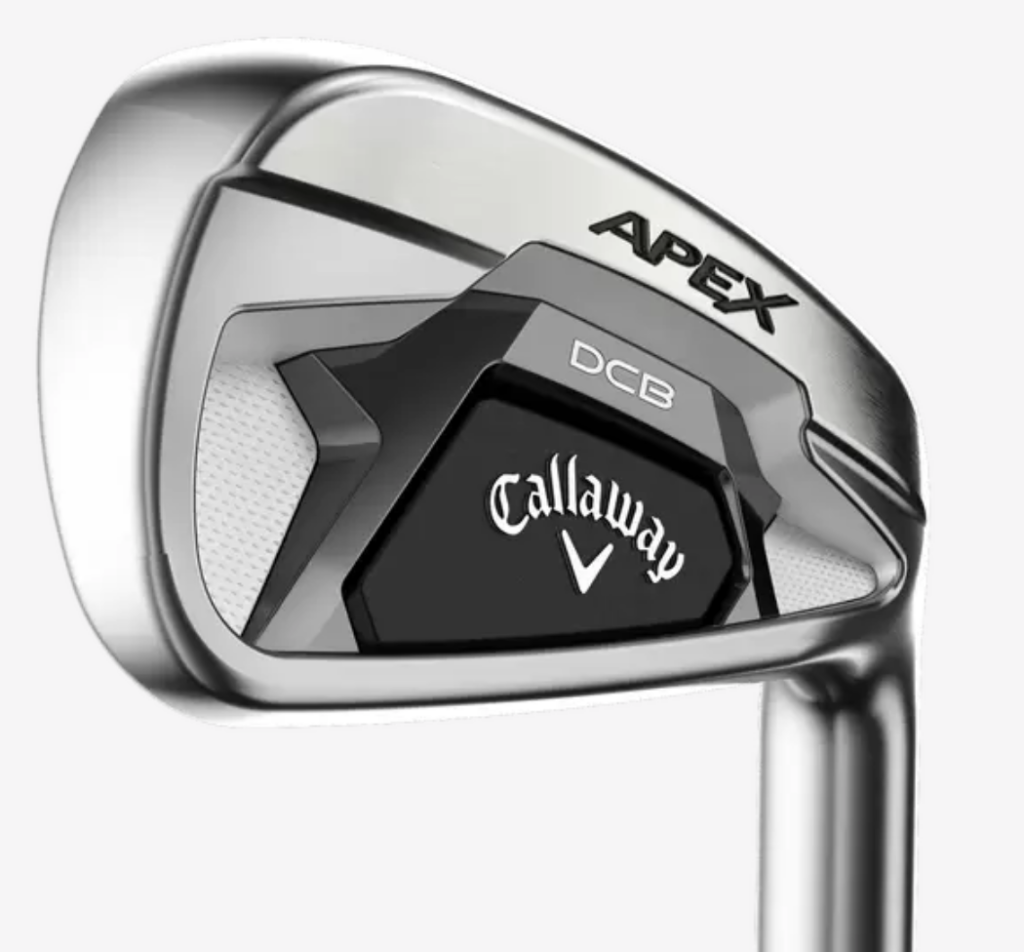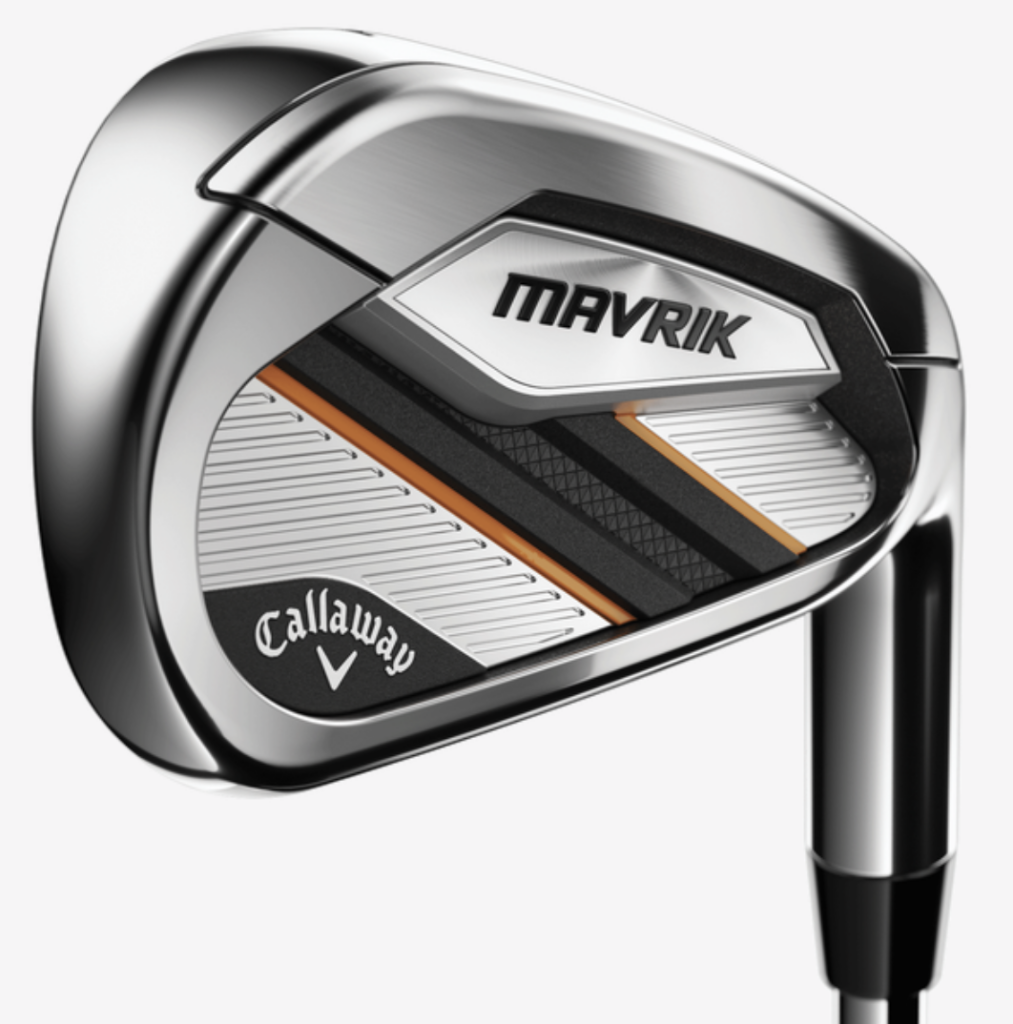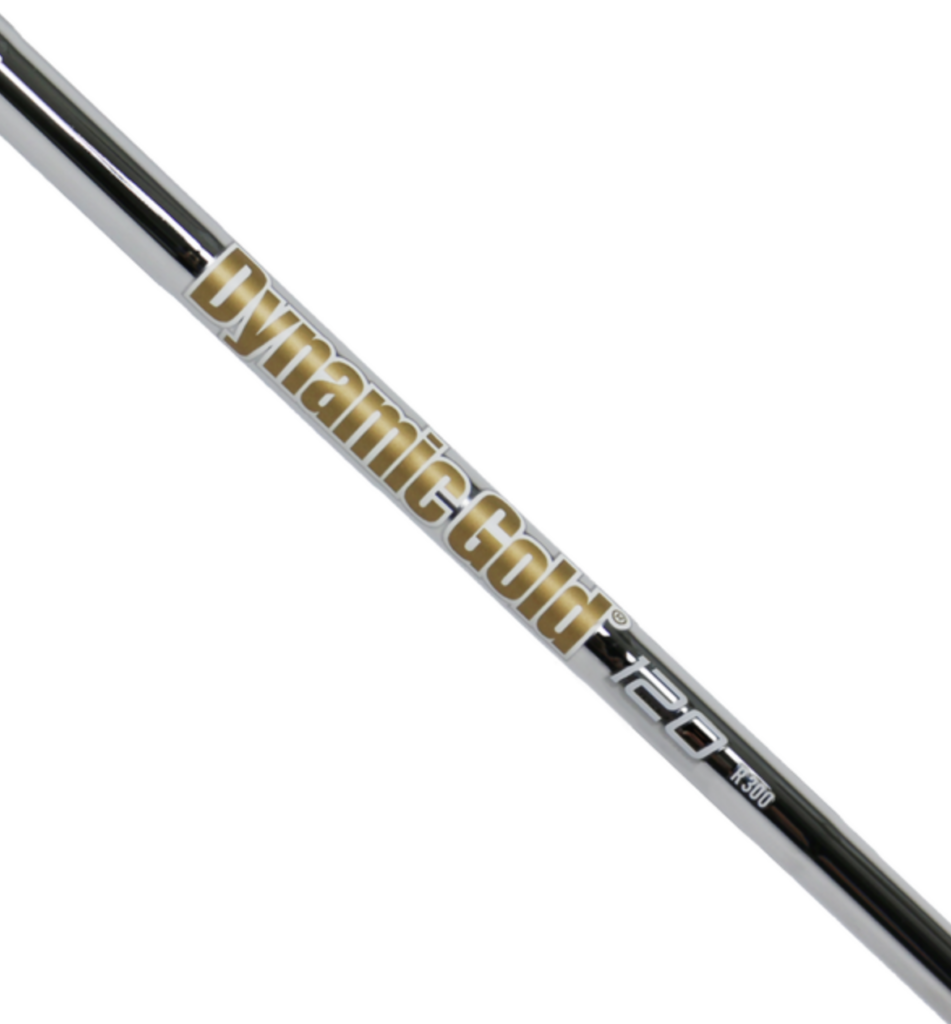Welcome to the world of golf, where the tools of the trade are as varied and sophisticated as the players wielding them. Whether you’re a seasoned pro or a newcomer aiming to improve your game, understanding the intricacies of your irons is crucial. This guide will delve deep into the heart of golf irons, exploring the nuances of head types and shafts. By the end, you’ll be equipped with the knowledge to choose the perfect irons for your game, ensuring each swing is as rewarding as the last.

I. Iron Head Types
Navigating through the diverse world of golf irons can be a daunting task for both newcomers and seasoned players. Understanding the different types of iron heads is crucial in selecting the right equipment to enhance your game. The three primary classifications based on the shape of the iron head are: Cavity Back, Blade (Muscle Back), and Hollow body Heads. Each type caters to different skill levels, preferences, and playing styles.
1. Cavity Back
Description: Cavity back irons are characterized by a hollowed-out area at the back of the head, redistributing the weight to the perimeter. This design enhances forgiveness on off-center hits, making it easier to achieve distance and accuracy even when the ball is not struck perfectly.
Who It’s Good For: Cavity back irons are ideal for beginners to intermediate golfers who are working on improving their consistency and ball striking. They are also a great choice for players who prioritize forgiveness and ease of play over the ability to shape shots.
Example: The 2023 Callaway Apex DCB (Deep Cavity Back) offers the perfect blend of forgiveness and performance, making it an excellent choice for golfers seeking to improve their game.

2. Blade (Muscle Back)
Description: Blade irons, also known as muscle back irons, feature a full back on the iron head, with weight evenly distributed across the face. This traditional design offers less forgiveness but greater control and the ability to shape shots, making them the preferred choice for many advanced players.
Who It’s Good For: Blade irons are best suited for experienced golfers with a low handicap who value precision and the ability to control ball flight and trajectory. They require a higher skill level to use effectively, as they are less forgiving of mis-hits compared to cavity back irons.
Example: The Titleist 620 MB (Muscle Back) is designed for the purist who demands precision and prefers the traditional, sleek look of a blade.

3. Hollow Body
Description: Hollow construction irons are a relatively new category that combines elements of both cavity back and blade irons. They have a hollow body that allows for weight distribution around the perimeter for increased forgiveness, while also maintaining a thin face to enhance ball speed and distance.
Who It’s Good For: These irons are suitable for a wide range of golfers, from mid to low handicappers looking for a blend of forgiveness and playability. They appeal to those who want the benefits of modern technology to achieve better distance without sacrificing too much on feel and control.
Example: The TaylorMade P790 combines the forgiveness of a cavity back with the clean aesthetics and control of a blade, offering an exceptional choice for players seeking the best of both worlds.

By understanding the distinct features and advantages of each iron head type, golfers can make more informed decisions that align with their playing style, skill level, and goals on the course. Whether you’re just starting out or looking to refine your game, selecting the right type of iron can significantly impact your performance and enjoyment of the game.
II. Forged vs Cast
In the realm of golf club design, the method used to manufacture the head of an iron plays a pivotal role in defining its performance, feel, and suitability for different types of golfers. There are two primary methods used in the creation of iron heads: Casting and Forging. Each technique has its unique benefits and caters to specific player preferences and skill levels.
1. Forged
Description: Forging involves shaping the iron head by hammering or pressing solid metal into the desired form. This process requires multiple steps and is more labor-intensive than casting, but it results in irons with a denser metal structure. Forged irons are highly prized for their exceptional feel and control, as the forging process creates a tighter grain structure that enhances feedback upon impact.
Who It’s Good For: Forged irons are the go-to choice for advanced players and professionals who prioritize feel and precision in their game. The superior feedback and ability to shape shots provided by forged irons make them ideal for skilled golfers looking to fine-tune their performance on the course.
Example: The Titleist T100 Irons stand as a stellar representation of forged excellence, designed to deliver precise shot-making and superior feel. Engineered for the serious golfer, these irons offer a refined experience, combining traditional forging techniques with modern performance features. This makes the Titleist T100 a favorite among players who demand the utmost in control and feedback from each swing.

2. Cast
Description: Casting involves pouring molten metal into a mold to create the iron head. This process allows for a high degree of precision and complexity in design, enabling manufacturers to integrate various technological advancements such as perimeter weighting, multi-material construction, and intricate cavity back designs. The casting process is highly efficient and cost-effective, making it possible to produce irons that offer excellent performance at a more accessible price point.
Who It’s Good For: Cast irons are particularly well-suited for beginners and intermediate golfers who benefit from the forgiveness and versatility these irons provide. The advanced engineering possible through casting can help correct for common mis-hits and improve overall playability, making the game more enjoyable for those still mastering their swing.
Example: The Callaway Mavrik Irons are a prime example of cutting-edge casting technology, offering unparalleled forgiveness and distance, making them a perfect choice for golfers looking to improve their game.

By understanding the differences between casting and forging, golfers can make more informed decisions when selecting irons. Whether seeking forgiveness and ease of use or demanding precise feedback and control, there is an iron manufacturing method designed to meet every player’s needs.
III. Types of Shafts
The shaft is a critical component of a golf club, serving as the engine that drives the head through the swing to impact with the ball. Choosing the right type of shaft is essential for optimizing performance, as it influences the trajectory, distance, and accuracy of your shots. There are two main types of shafts used in golf irons: Steel Shafts and Graphite Shafts. Each type offers distinct advantages and caters to different player preferences, skill levels, and swing characteristics.
1. Steel Shafts
Description: Steel shafts are known for their durability and consistency, providing golfers with a stable and reliable feel throughout the swing. They are generally heavier than their graphite counterparts, which can help improve control and accuracy for players with a more deliberate swing tempo. The added weight of steel shafts also tends to produce a lower ball flight, preferred by players looking for more precision and feedback from their iron shots.
Who It’s Good For: Steel shafts are ideally suited for golfers with a moderate to fast swing speed who prioritize control and feedback over maximum distance. They are particularly popular among low to mid-handicap players and those who prefer a traditional, solid feel in their irons.
Example: The True Temper Dynamic Gold 120 offers the classic performance of steel with a slightly reduced weight, making it a perfect choice for players seeking precision without sacrificing the traditional steel shaft feel.

2. Graphite Shafts
Description: Graphite shafts are lighter in weight compared to steel, which can help increase swing speed and, consequently, distance. They also provide better vibration dampening, reducing the impact shock felt during a mishit, which can be beneficial for players with joint concerns. The lighter weight and flexibility options available with graphite shafts allow for a higher ball flight, which can be advantageous for players struggling to get the ball airborne.
Who It’s Good For: Graphite shafts are an excellent choice for juniors, seniors, women, and anyone with a slower swing speed who can benefit from the lighter weight to increase their swing speed and achieve greater distance. They are also preferred by players looking for a softer feel and those who need to improve their launch conditions.
Example: The Mitsubishi Chemical Tensei AV Blue AM is a high-performance graphite shaft that provides a blend of power and stability, designed to cater to players looking to maximize distance and improve launch conditions without losing control.

Understanding the differences between steel and graphite shafts is crucial for selecting the right equipment for your game. Whether you’re looking for the unmatched consistency and control of steel or the enhanced speed and comfort of graphite, there’s a shaft material that matches your needs and can help elevate your performance on the course.
Conclusion
Choosing the right golf irons can be a game-changer on the golf course. By understanding the differences in iron head types, manufacturing processes, and shaft options, you can select clubs that complement your playing style, enhance your strengths, and address your weaknesses. Remember, the best iron set is the one that feels right for you and helps you enjoy the game to its fullest. Happy golfing!
Leave a Reply